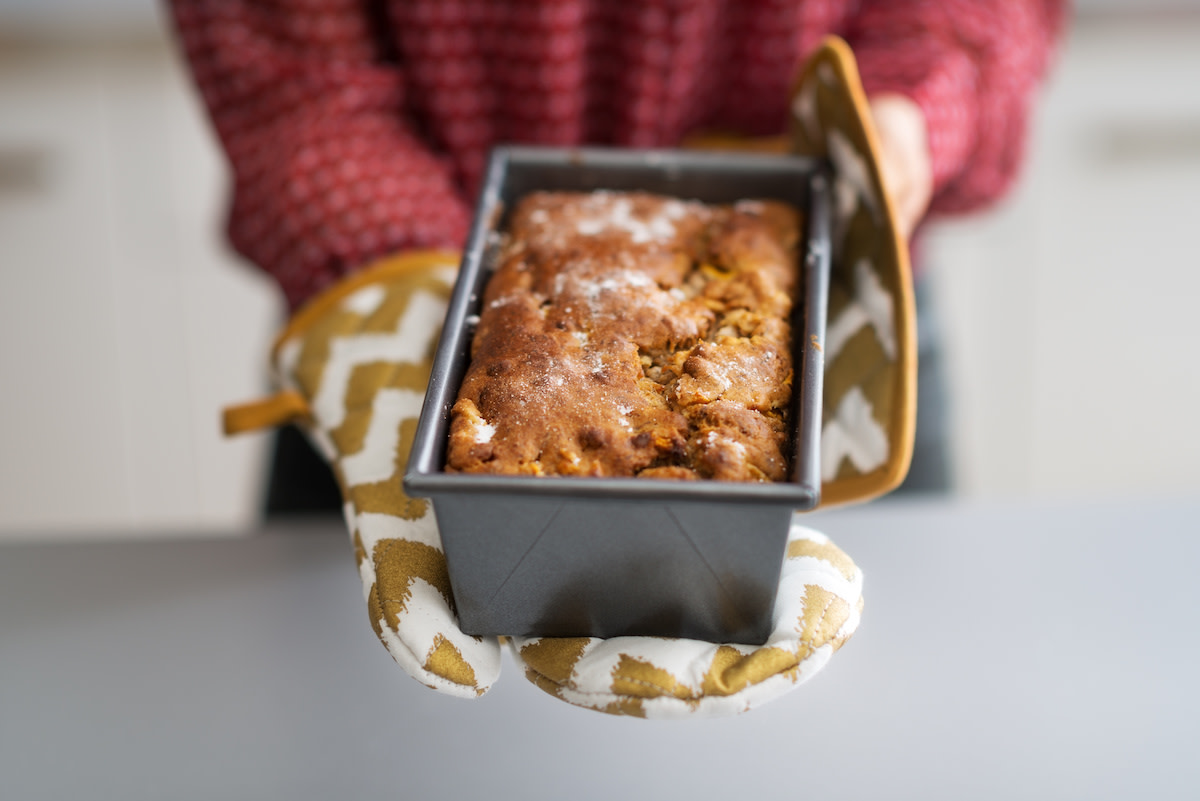Baking in Glass vs. Metal: When to Use Glass or Metal Pans
Written by MasterClass
Last updated: Dec 7, 2021 • 3 min read
When deciding whether you want to try baking in glass or metal, it helps to understand the basics of the two different materials.
Learn From the Best
Overview of Glass Pans
Glass pans are cooking and baking vessels made of glass. Baking in a glass baking pan comes with a couple of benefits. One benefit is that food baked in glass will not pick up any taste from the pan itself since glass is a non-reactive material when you apply heat for baking. The second benefit is that food stays hotter for longer once you take it out of the oven since glass retains heat much better than metal pans. A glass baking dish acts as more of an insulator, while a metal baking pan acts as a heat conductor.
Foods that benefit the most from cooking in a glass baking dish are pies (in a glass pie plate); casseroles; baked pastas like lasagna; cobblers; fruit crumbles; bread pudding; and other foods that bake at a low temperature for an extended period of time. Glass bakeware is not conducive for high-heat cooking, such as under a broiler because glass is sensitive to abrupt temperature changes.
Overview of Metal Pans
Metal pans are better heat conductors than glass pans, meaning the food inside cooks more evenly. Most baking recipes for cakes, muffins, cupcakes, coffee cake, banana bread, and brownies call for metal bakeware. Most cake pans and baking sheets are some type of metal, whether it’s stainless steel or aluminum pans. Metal bakeware holds up to high temperatures well, making them good vessels for roasting or broiling.
The color and coating of metal bakeware matter. Dark-colored metal bakeware and matte metal bakeware absorb heat quicker, causing the food in or on the dark metal pans to cook faster. However, the outside of your food might become too browned. Light-colored metal cookware and metal baking pans with a shiny finish retain less heat and bake food more evenly.
6 Types of Baking Pans
The type of pan makes a big difference in the end result of baked goods. Here are six of the most common types of bakeware and which foods work best in each one.
- 1. Cast-iron pan: When you’re baking non-acidic foods, you can use a cast-iron pan. Many of the same foods that you bake in a metal pan you can also bake in a cast-iron pan, like biscuits, rolls, cornbread, and even the fruit crumbles that you traditionally bake in a glass dish. Cast-iron is a type of pan that has many uses in both baking and cooking. It can withstand high temperatures as well as low, sustained temperatures.
- 2. Ceramic pan: Ceramic dishes perform similarly to glass pans in the same way cast-iron pans work similarly to metal pans. Ceramic works best for baking casseroles like bread pudding, baked French toast, and baked pasta dishes. Ceramic bakeware comes in a variety of colors, patterns, and finishes, but they all work essentially the same in the oven.
- 3. Glass pan: Use a glass dish for baked goods that bake at a low temperature for a long period of time. Examples include quick breads like banana bread or pumpkin bread, fruit or custard pies, topped or filled cakes like coffee cake, and long-baked pasta dishes.
- 4. Metal pan: Use metal pans for foods that bake at a high oven temperature for a short baking time, like roasted vegetables, brownies, most cakes, biscuits, breads, and anything else that you want to cool quickly since metal conducts heat but doesn’t hold onto it.
- 5. Silicone pan: Silicone bakeware is lighter and easier to store than other bakeware options. Silicone is a non-stick substance, so you don’t have to spray these molds with oil or additional grease. The type of silicone matters—use approved, food-grade silicone at all times. Silicone pans will cook food evenly without much risk of burning, but be aware that learning how to bake in silicone might take some trial and error.
- 6. Stoneware: Stoneware pans are similar to ceramic pans; however, stoneware is non-porous, whereas ceramic is porous. Stoneware holds heat very well, so it bakes food and keeps food warm similar to glass bakeware. This also means it doesn’t always handle high heat well. Some stoneware baking dishes are broiler-safe and some are not.
Want to Learn More About Cooking?
Become a better chef with the MasterClass Annual Membership. Gain access to exclusive video lessons taught by the world’s best, including Mashama Bailey, Gabriela Cámara, Niki Nakayama, Chef Thomas Keller, Yotam Ottolenghi, Dominique Ansel, Gordon Ramsay, Alice Waters, and more.
